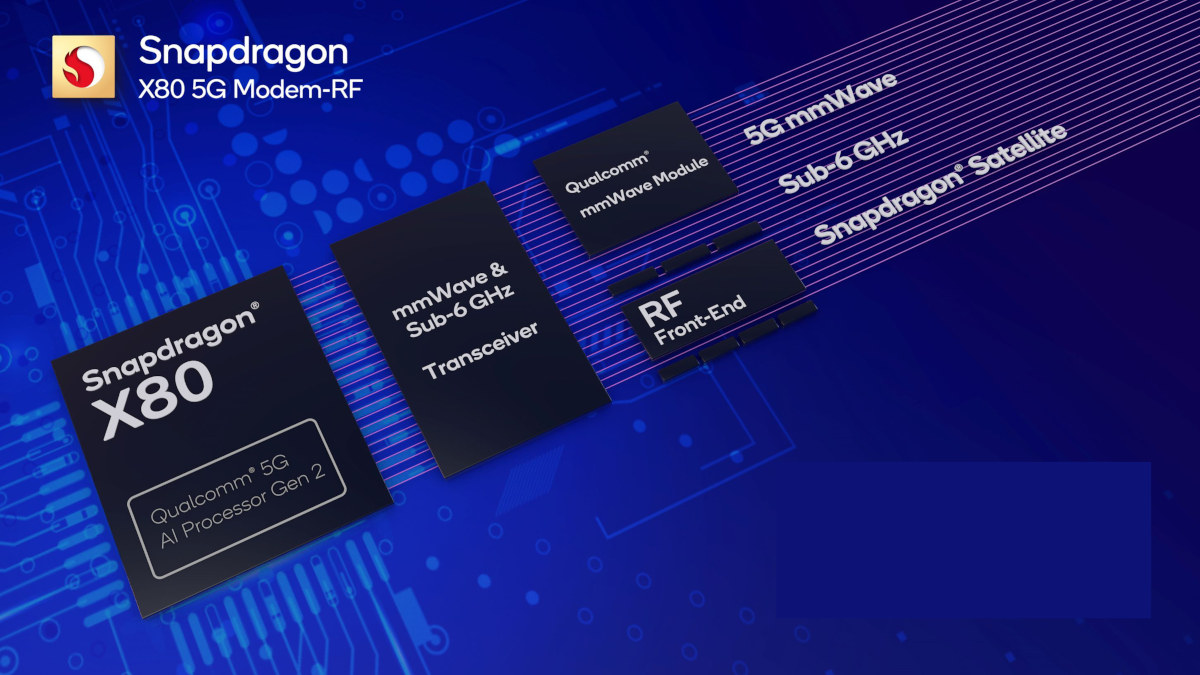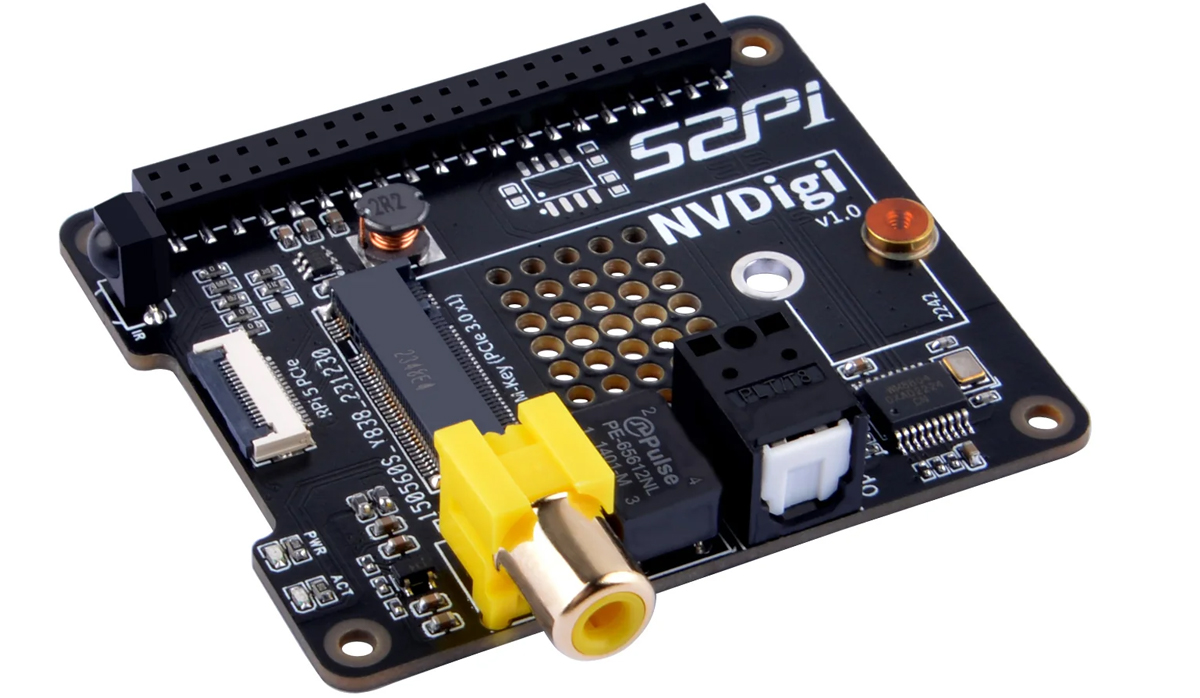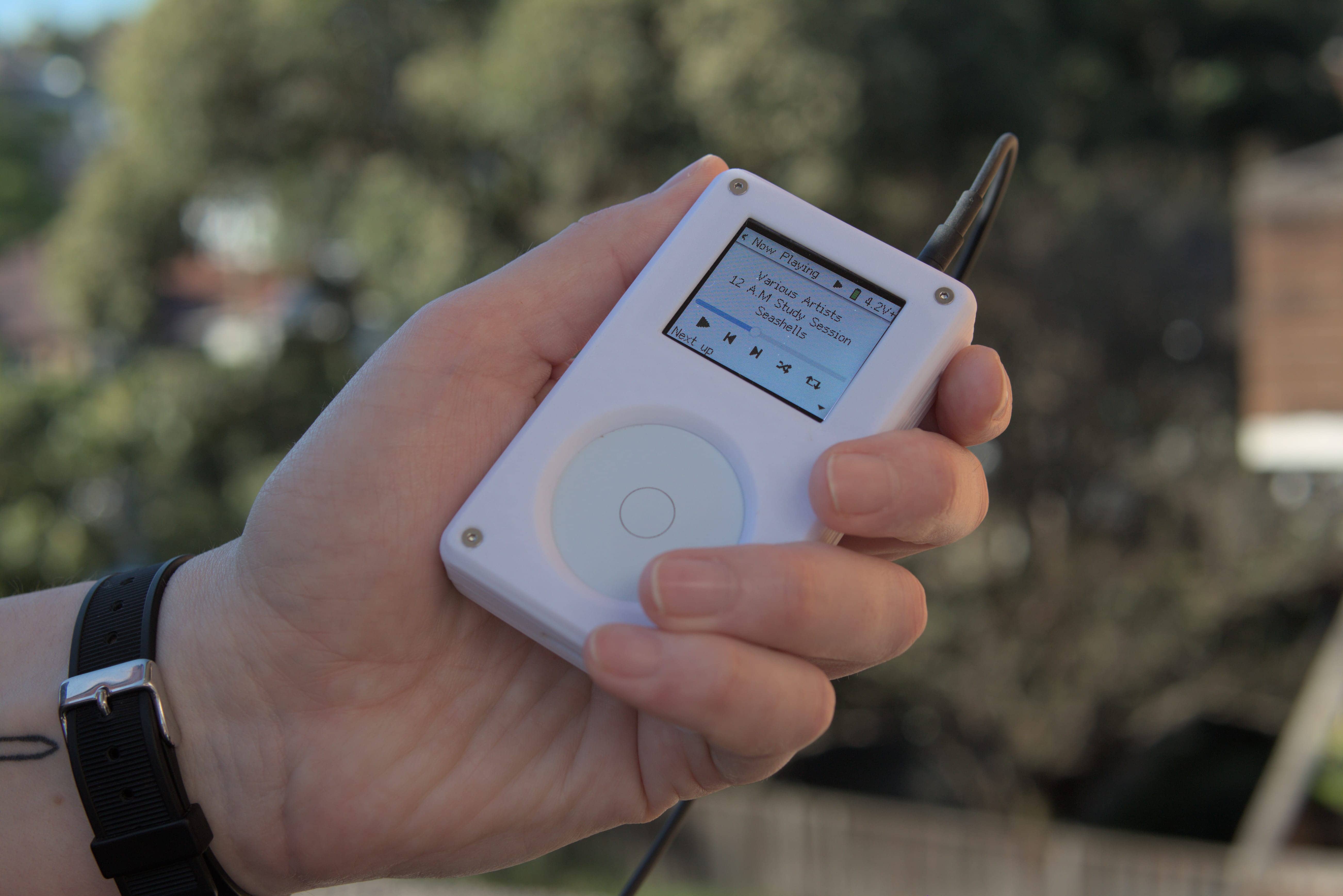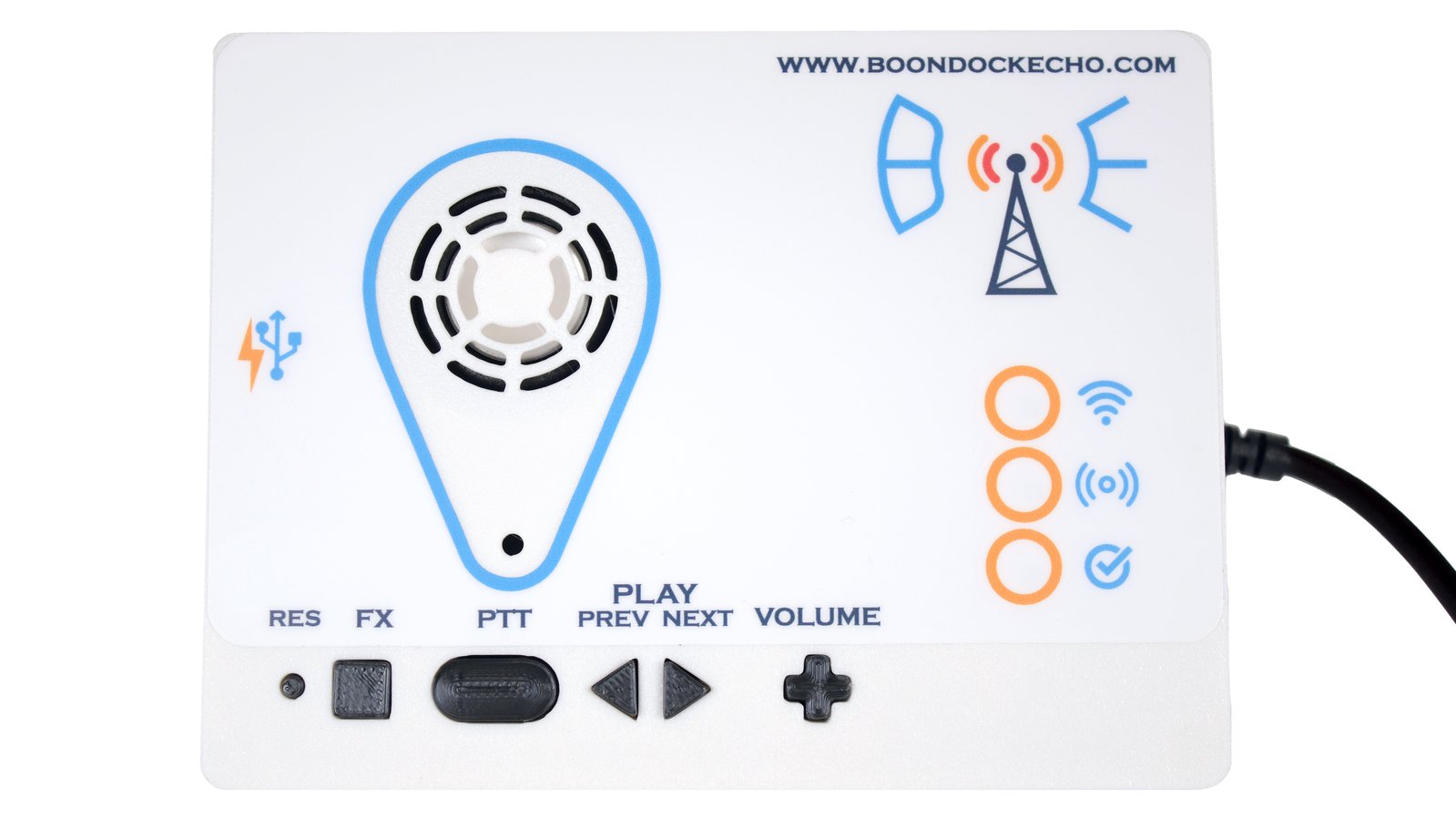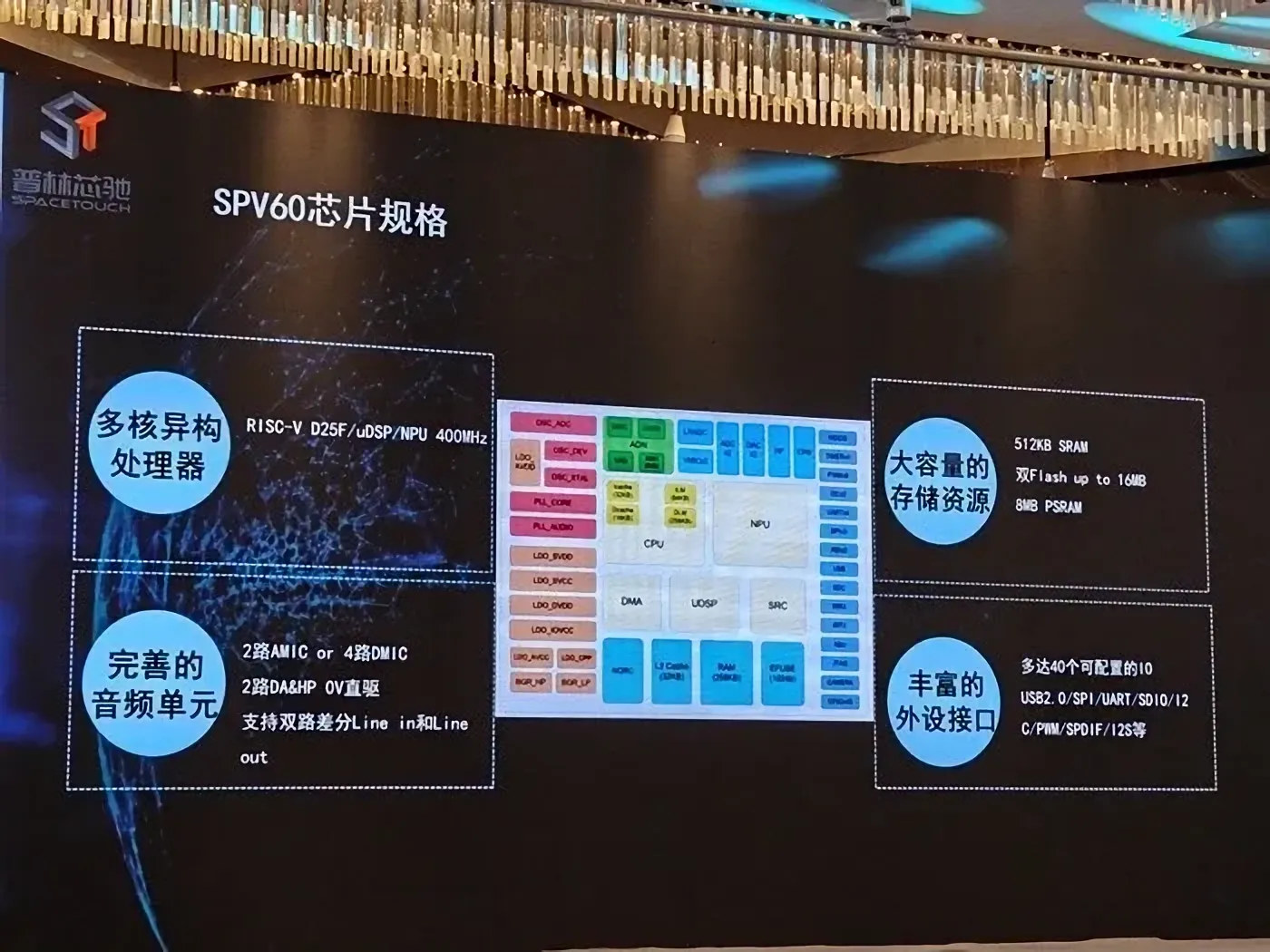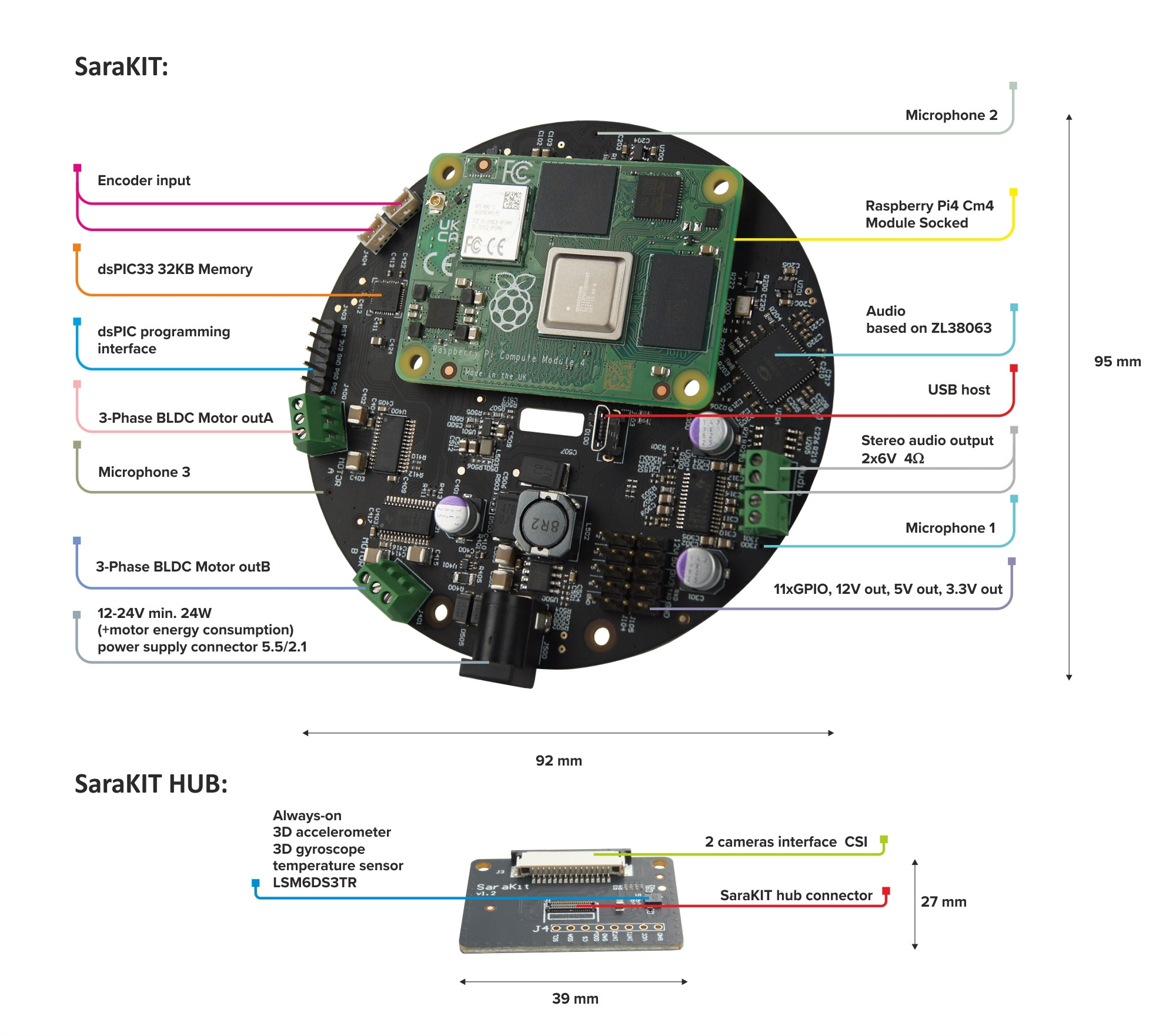Mobile World Congress 2024 (MWC 2024) has just started, and Qualcomm had three major announcements with the introduction of the Snapdragon X80 5G modem with NB-NTN satellite connectivity, the Qualcomm AI Hub with over 75 AI models optimized for Snapdragon processors, and the FastConnect 7900 WiFi 7, Bluetooth, and Ultra Wideband (UWB) chip. Snapdragon X80 5G modem-RF system Snapdragon X80 5G modem specifications: Peak download speed – 10 Gbps Peak upload speed – 3.5 Gbps Cellular Modem-RF Specs – 10CC aggregation in mmWave, 5CC aggregation in 5G sub-6GHz Cellular Technology 5G NR, sub-6 GHz Dynamic Spectrum Sharing (DSS) LTE, WCDMA, LAA, TD-SCDMA, GSM/EDGE, CBRS mmWave, sub-6 carrier aggregation (FDD-FDD) sub-6 carrier aggregation (TDD-TDD), 5G FDD, 5G TDD, sub-6 carrier aggregation (FDD-TDD) 5G SA (standalone), 5G NSA (non-standalone) F + F ULCA, FDD UL MIMO, Switched Uplink, 3GPP R18-ready (5G Advanced-ready), 6x CA sub-6 downlink carrier aggregation, 1024-QAM sub-6, FR1 + […]
52Pi NVdigi Expansion Board for Raspberry Pi 5 combines HiFiBerry Digi+ audio output with M.2 PCIe x1 slot
The 52Pi NVdigi is another PCIe expansion board for the Raspberry Pi 5 which integrates HiFiBerry Digi+ to provide high-quality S/PDIF output. It also features an M.2 PCIe x1 slot that supports NVMe 2242/2230 SSDs. Furthermore, it offers an optical output (TOSLink) and an RCA output for versatile audio connections. The HiFiBerry Digi+ is a high-quality S/PDIF output for the Raspberry Pi. It uses the I2S sound port that connects directly to the CPU without the need for an additional USB conversion. It supports sample rates up to 192kHz/24bit. 52Pi NVdigi Expansion Board Specification: HiFiBerry Digi+ Integration – Provides high-quality S/PDIF output for Raspberry Pi 5. Direct I2S Connection – Connects directly to the CPU via the I2S sound port for optimal audio. High-Resolution Audio – Supports sample rates up to 192kHz and 24-bit depth for immersive audio. Multiple Audio Outputs – Features both optical (TOSLink) and electrical (RCA) outputs. M.2 […]
Android 15 Developer Preview released – What’s New?
Google has just released the first Android 15 Developer Preview with some improvements related to privacy and security, the addition of the partial screen sharing feature, camera and audio improvements, and some new performance optimization that developers can leverage when running games or other demanding applications. User privacy and security in Android 15 Android 15 features the latest version of the Privacy Sandbox on Android to improve user privacy while enabling personalized advertising experiences for mobile apps, the Heatlth Connect by Android adds support for new data types related to fitness, nutrition, and more, and the File integrity manager implement new APIs making use of the fs-verity feature that was added to the Linux 5.4 kernel so that files can be protected by custom cryptographic signatures. Partial screen sharing is a completely new feature in Android 15 that allows users to share or record an app window rather than the […]
Tangara is a portable, open-source music player based on an ESP32 MCU (Crowdfunding)
Tangara is a portable music player that is out to make MP3 players cool again. With an iPod-inspired design and an ESP32 module at its core, Tangara presents an open-source and nostalgic way to listen to your favorite music and podcasts. The ESP32-WROVER-E at the core of the music player is the main microcontroller but it also features a co-processor, a Microchip SAMD21, which is responsible for USB communication and power management. We have covered the ESP32-WROVER-KIT, a development kit for the ESP32-WROVER and ESP-WROOM-32 line of modules with a JTAG interface and an LCD. The Tangara music player can output audio through a 3.5mm headphone jack or Bluetooth, although Bluetooth is currently limited to the default SBC codec. Tangara is the brainchild of Australian tech company Cool Tech Zone and is aimed at the portable media player community at large. This is reflected in many of the design choices […]
The Boondock Echo is an internet-connected ham radio powered by the ESP32-A1S devkit (Crowdfunding)
The Boondock Echo is an open-source, internet-backed recording and playback device for two-way devices. It can denoise, transcribe, translate, and send emails on hearing keywords/call signs. It is a low-cost solution for timeshift radio communication that enables users to monitor frequencies and record audio from a connected radio. Captured messages are uploaded to a server and transcribed using OpenAI. On the cloud server, the audio messages also pass through some DSP (digital speech processing) algorithms for noise reduction and volume normalization to enhance their clarity and usability. The Boondock Echo is aimed at amateur radio operators and first responders in remote areas and during emergencies, situations where traditional two-way radios tend to be unclear and unreliable. Multiple devices can be linked together to form a ‘dockpack’ and monitor/record multiple frequencies at once. Boondock Echo specifications: Mainboard – ESP32-A1S (ESP32 Audio Kit) running at up to 240MHz Expansion Board – Boondock […]
FOSDEM 2024 schedule – Open-source embedded, mobile, IoT, robotics, RISC-V, etc..
FOSDEM – which stands for Free and Open Source Software Developers’ European Meeting – is a free-to-participate event where thousands of developers meet in Brussels on the first week-end of February to discuss open-source software & hardware projects. FOSDEM 2024 will take place on February 3-4 with 880 speakers, 818 events, and 66 tracks. Although I won’t attend, I’ve created a virtual schedule like every year with sessions most relevant to the topics covered on CNX Software from the “Embedded, Mobile and Automotive” and “Open Hardware and CAD/CAM” devrooms, but also other devrooms including “FOSS Mobile Devices”, “ Energy: Reimagining this Ecosystem through Open Source”, “RISC-V”, and others. FOSDEM Day 1 – Saturday, February 3, 2024 10:30 – 10:55 – Screen Sharing on Raspberry Pi 5 Using VNC in Weston and Wayland with the Yocto Project and OpenEmbedded by Leon Anavi In 2023, embedded Linux developers received eagerly awaited news: […]
Spacetouch SPV60 AI audio processor features a 400 MHz Andes D25F RISC-V core
Spacetouch SPV60 is a RISC-V AI audio processor with an Andes D25F 32-bit RISC-V CPU IP core with P-extension (DSP/SIMD) that is also found in the Telink TLSR9 wireless audio microcontroller introduced in 2020. But the SPV60 is clocked at a higher 400 MHz frequency, adopts a CPU + NPU + uDSP heterogeneous multi-core architecture with a 100 GOPS AI accelerator and a micro DSP capable of handling 1024-point FFT and iFFT among other mathematical functions, and offers a range of peripherals interfaces such as USB 2.0, SPDIF, I2C, PDM for microphone arrays, and more. Spacetouch SPV60 specifications: CPU Andes D25F 32-bit RISC-V core with P extension (DSP/SIMD ISA) clocked at up to 400MHz 5-stage pipeline Hardware multiplication/division operations Single precision floating point accelerator 32KB I-Cache and 16KB D-Cache; 32KB L2 Cache Spacetouch-designed uDSP – Support for 1024-point FFT and IFFT, FIR, COS, SIN, SQRT, Arctan, LOG, and other functions […]
SaraKIT – An Raspberry Pi CM4 board with ChatGPT-based voice control, motor control, and plenty of sensors (Crowdfunding)
SaraKIT is a carrier board for the Raspberry Pi CM4 system-on-module with BLDC motor controllers and a range of sensors for robotics, support for ChatGPT-based voice control through three microphones and a ZL38063 audio chip, and two MIPI CSI connectors for cameras. The versatile board can be used for voice-controlled products, robots, home automation systems, and interfacing with smart home or office devices. The company also developed various demos such as a Smartphone-controlled LEGO RC car, a self-balancing LEGO robot, a pan-and-tilt camera, various AI demos using MediaPipe such as face tracking and object detection, as well as audio demos using ChatGPT, Alexa, and/or Google Home. SaraKIT specifications: Support system-on-modules – Raspberry Pi Compute Module 4 (CM4) with future CM5 compatibility. MCU – Microchip dsPIC33 16-bit microcontroller with 32 KB SRAM for motor control and LSM6DS3TR sensor Audio Microchip ZL38063 (previously MicroSemi) audio processor for microphone arrays. 3x Knowles SPH0655 […]


